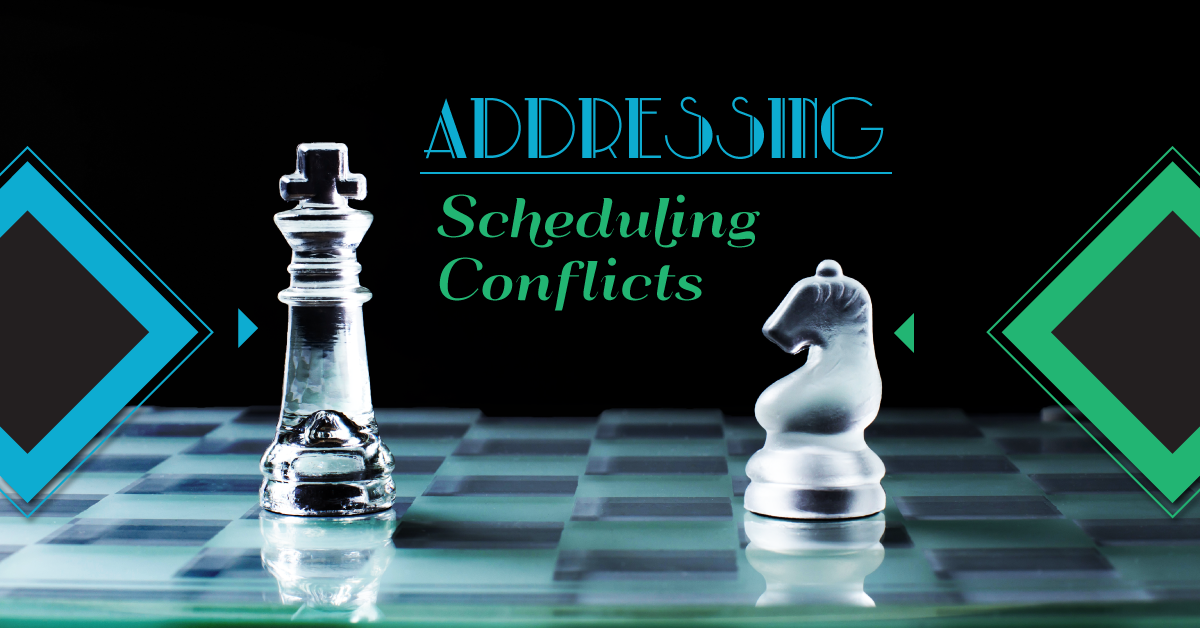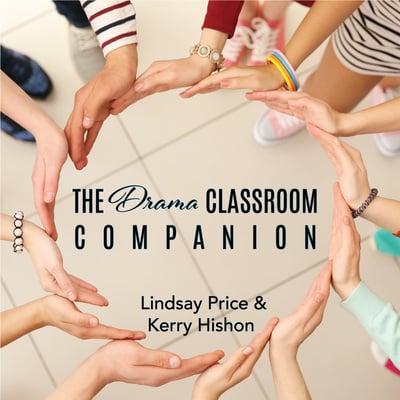All About Transitions: 5 Tips for Success
In theatre, a transition refers to the process of moving from one scene or set to the next. It seems simple enough–grab “all the stuff” at the end of one scene and take it offstage, while the rest of the “stuff” gets brought on for the next scene.
Unfortunately, many directors overlook transitions and don’t stage them until later in the process. This results in rushed, sloppy transitions that take a long time to happen. Add to that the potential for missing set pieces and props, as well as ones that are moved improperly or left onstage. Sloppy transitions are one of my biggest pet peeves in theatre. Audiences are stuck in a dark theatre waiting for something to happen, while actors and stage crew scramble about to get everything moved around.
Here are five tips for transitions – how to add them into your show and what things you need to consider when working on them.
1. Start early and make transitions part of the scene.
Block and/or choreograph transitions as soon as you block a scene. This way, transitions are taken care of right away and can be practiced frequently. Have students go through the motions of bringing on and removing items, even if the props or set pieces aren’t yet available to use. Think of blocking and choreographing transition work just like choreographing dances or stage combat. They are a necessary part of the show–while not as glamorous, they are important for keeping up the pace and flow of the show.
2 .Make it very clear who is moving each item.
Will a stage crew do the transitions, or will actors assist? Or are the actors solely responsible for transitions? Will actors move props while stage crew move sets, or will it be a mix of both? When blocking transitions, have your stage manager AND those students responsible for transitions write down exactly what they are doing, when they are doing it, and how they are doing it. And on that note…
3. How are transitions done?
Transitions can occur in so many ways. They can be simple, intricate, creative, or no-frills. Some transitions are done in simple blackout, and some are technically complex. What works best for your show? Do actors move items in character or not? How will stagehands move items? Are the transitions done in blackout, or in full view of the audience? Will you close the curtain in between scenes? Will you have full blackouts onstage or just dim the lights? Where will items be moved and stored–left, right, centre? Someplace else? How can you best organize movements so traffic jams are avoided? Is there music or underscoring? Do transitions occur while scenes are still going on? Will the stage crew wear standard crew blacks or be in costume? (I’ve seen both!) Will you add mime/tableau/dancing in front of transitions for interest?
Don’t forget to have someone available to “page the curtains” during transitions–this is holding the curtains back so props and set pieces can be smoothly brought on and offstage without damaging the curtains, then swiftly closing them afterwards so the audience can’t see backstage activity. This person could be an assistant stage manager, another member of the cast, or another available crew member.
4. Allow time to practice transitions.
Rehearse transitions during blocking rehearsals, and especially during runs of the show. Ensure that all students doing transitions (whether or not they are actors or stagehands) are called to those rehearsals. Doing cue-to-cue (or Q2Q) rehearsals are useful for making sure transitions are quick and clean, and are done in time with lighting changes or music/sound effects, if applicable. The pacing of a show is so important–you don’t want the audience to be absorbed in the performances and then suddenly jarred back to reality with long, drawn-out transitions. Practicing in advance also allows students to inform you of any concerns (for example: being scheduled to do a transition while they are also trying to do a quick change, getting caught in a furniture traffic jam, or having props/set pieces end up in the wrong places).
5. Simplify.
If you find that transitions are just taking way too long and aren’t working, is there a way you can simplify the process? See if you could reduce the number of props, use furniture that could work in different ways, and create reversible set pieces. For example, you could use the same table in many different ways by adding or removing tablecloths, using different chairs, or decorating with small items like flowers or vases (which take up way less room than a second table). One couch could be made to look different by adding a slipcover, throw blanket, or decorative cushions. Many scene changes can also be achieved with different lighting looks.
If you cannot reduce the items you have, then you may need to add some additional crew members to your team. As the saying goes, “many hands make light work.” Adding even one more stagehand can help transitions occur much more easily. You may wish to assign stagehands to always move the same items in different scenes. For example, one stagehand is always responsible for moving tables and chairs, while another stagehand is always responsible for hand props and smaller items.
Good transitions are smooth, flowing, and keep the pacing of the show. A little bit of advance preparation and practice goes a long way to making your transitions great ones!
Related Articles
The Drama Classroom Companion
by Lindsay Price & Kerry Hishon
The Drama Classroom Companion is filled with articles and exercises to build the skills needed for theatrical performance as well as real world skills like creative thinking, critical thinking, collaboration, and communication.
The Rehearsal Companion
by Kerry Hishon
You’ve chosen the play, paid the royalties, done the script analysis, held your auditions, and cast the show. Tomorrow is the first rehearsal. Are you ready? Really ready? The Rehearsal Companion can help!





